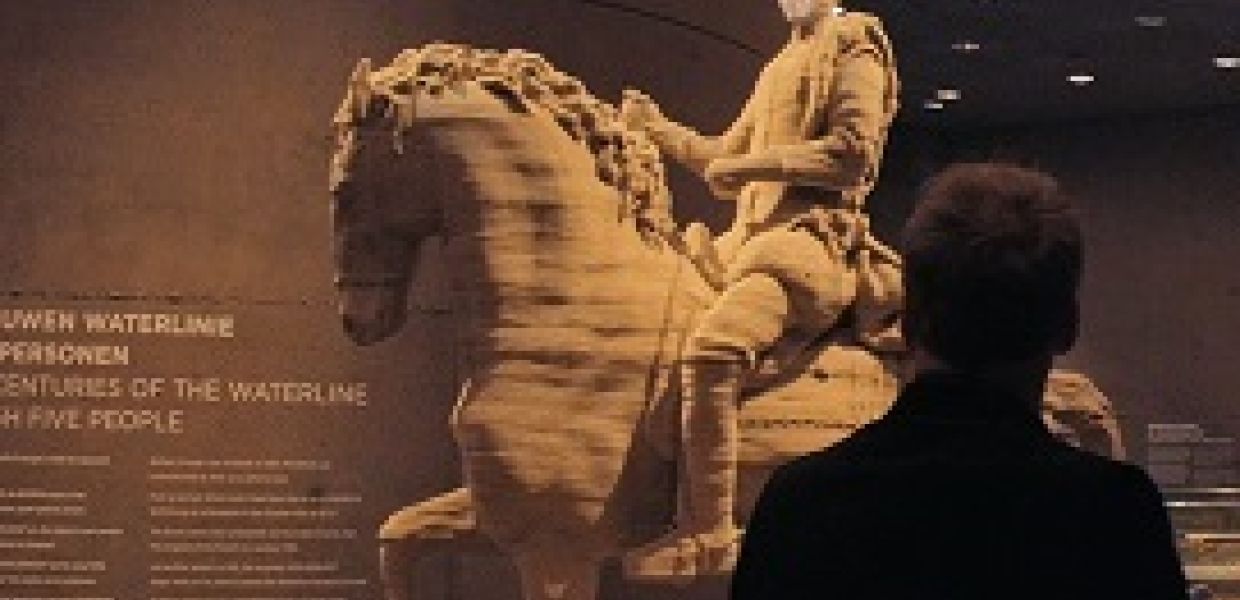Focus on Heritage in Motion 2016 winner: Strong Water by IJsfontein

by Lisa van Winden
Each year, Heritage in Motion rewards the best innovative multimedia projects related to Europe’s cultural heritage. Applicants can enter the competition in four categories: Apps; Website; Games & Interactive Experiences; or Film & Video. This year, the Heritage in Motion Award Ceremony will be held on 29 September 2017 in Skopje, Macedonia at the Annual Conference of the European Museum Academy. While the closing date for the 2017 competition was last week, we tell you a little more about Strong Water: An interactive exploration on the history of the Dutch Waterline by IJswater, which won the 2016 award in the Games and Interactive Experiences category.

IJsfontein
Strong Water was created for the Waterlinie Museum at Fort Vechten in the Netherlands. Visitors can experience an interactive exploration of the operation and history of the Old and New Dutch Waterline, a large-scale military defence system built in the 19th century. The makers used games, films and animation, projection on felt figures and a VR Parachute jump over the Netherlands. The Heritage in Motion jury complimented the creativity of the project and acknowledged it as ‘a good combination of the virtual and the physical. While the individual aspects of the exhibition are not necessarily innovative, it is the total concept that impressed the jury, combining enticing ideas such as ‘what-if’ scenarios to create an inspired interactive experience.’ Strong Water was also nominated for a Cinekid Leeuw for the best new media production of 2016, and the Waterlinie Museum for Best Day Out 2017 in the province of Utrecht.

IJsfontein
IJsfontein designs and develops playful (digital) learning experiences. They create games and interactive experiences for museums; and use cross-media for primary education. Recently, they created Limes for the province of Utrecht, an interactive map of the Roman Empire. The map reacts to the visitors’ movements. It displays today’s location that slowly changes to a reconstruction of the landscape in the Roman era, allowing visitors to see what happened in their own neighbourhood in former times.
Heritage in Motion is a joint initiative of the European Museum Academy and Europa Nostra and is supported by Europeana.
